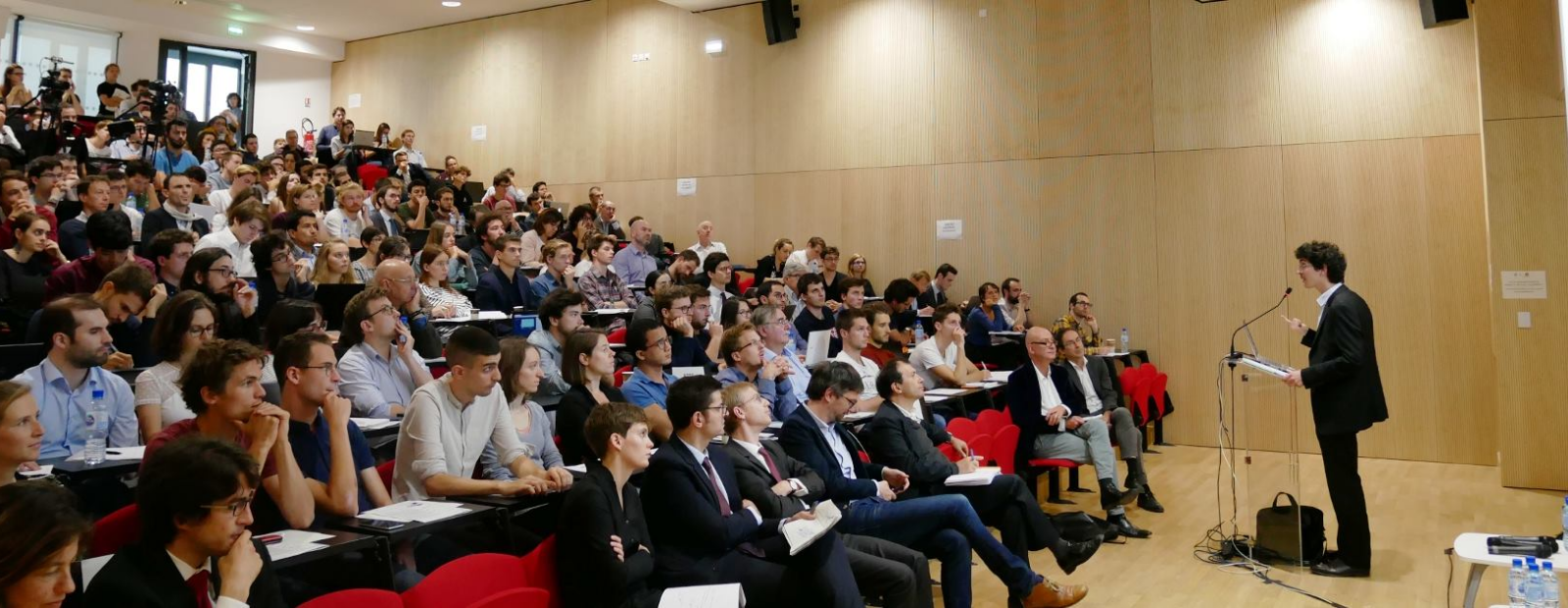- Chargée de Recherche
- CNRS
THÈMES DE RECHERCHE
- Commerce international et politiques commerciales
- Economie du changement climatique
- Économie politique et institutions
- Transition énergétique
Contact
Adresse :48 Boulevard Jourdan,
75014 Paris, France
Campus : Campus Jourdan
Étage : 4
Bureau : 21
Publications HAL
-
-
-
-
Take a ride on the (not so) green side: How do CDM projects affect Indian manufacturing firms’ environmental performance? Article dans une revueRevue : Journal of Environmental Economics and Management
Publié en
-
Foreign Demand, Developing Country Exports, and CO2 Emissions: Firm-Level Evidence from India Article dans une revueAuteur : Geoffrey Barrows Revue : Journal of Development Economics
Publié en

